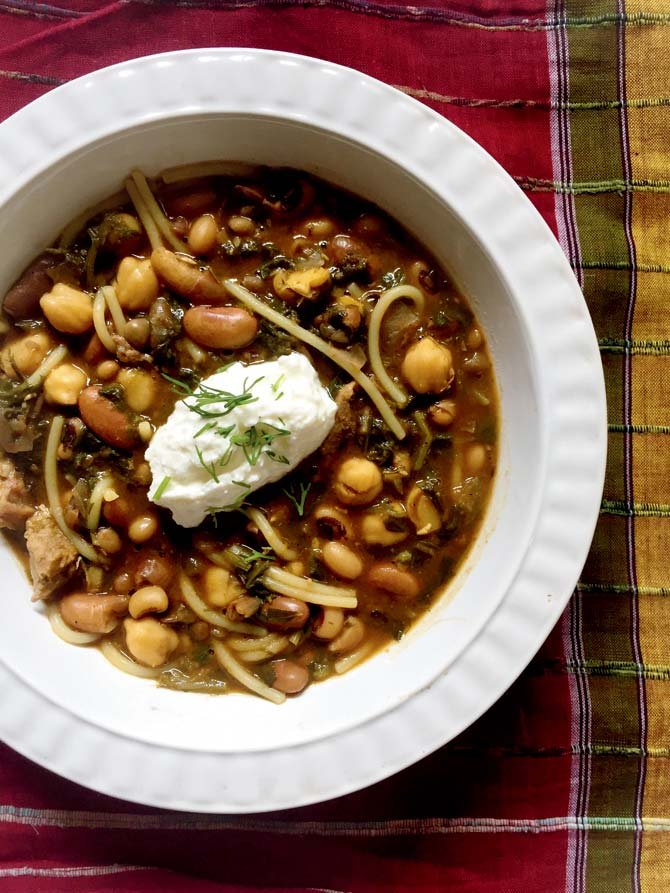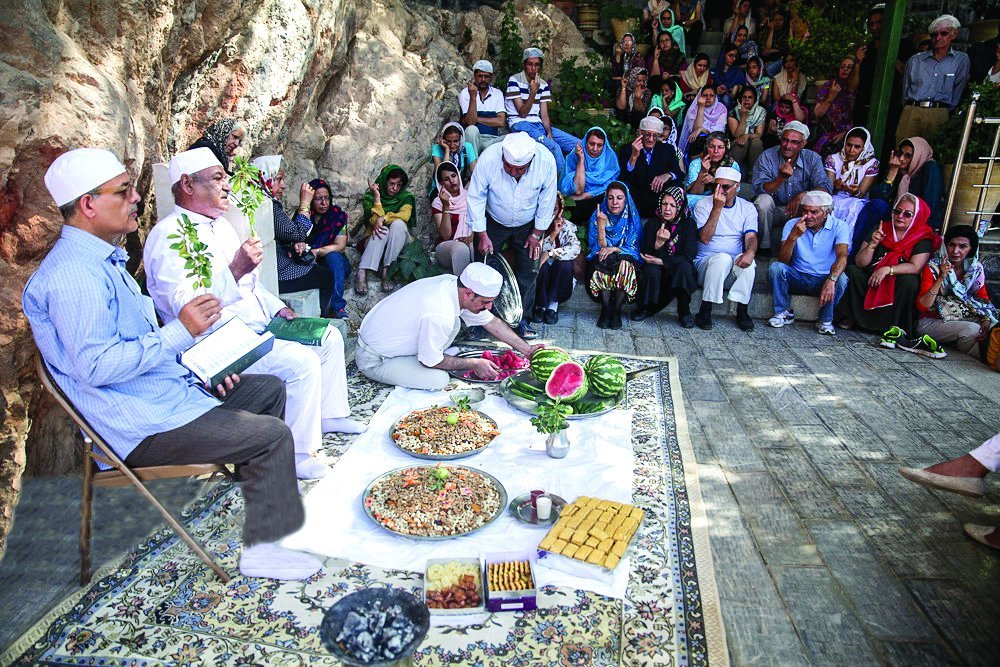How the accordion played a key role during the golden era of Hindi film music
 On World Accordion Day, here is a flashback to the early adopters of the melody box’s wonders.
On World Accordion Day, here is a flashback to the early adopters of the melody box’s wonders.
Is it possible that the most recognisable accordion riff in the history of Hindi film music was not played on an accordion at all?
In an obscure interview recorded for Calcutta Doordarshan, the instrumentalist Vistasp Balsara claims that in the famous title song of the Raj Kapoor classic Awara (1951), he was actually producing the accordion sounds on a harmonium! Balsara, who died in 2005, goes on to say – and demonstrate – that he produced the same effect not only in “Awara Hoon” but also in other classics such as “Yaad Kiya Dil Ne” (Patita, 1953) and “Aye Mere Dil Kahin Aur Chal” (Daag, 1952).
There is enough anecdotal evidence to support Balsara’s claims regarding the latter songs, but his assertions on “Awara Hoon” come as a surprise. While we can keep debating whether the accordion was indeed used in the film’s title song or not, there is no contesting its presence on a lesser-known song on the Awara soundtrack. In “Ek Bewafa Se Pyar Kiya”, not only is the instrument used, the accordionist playing on the soundtrack appears in the song.
The accordionist in that blink-and-you-will-miss screen role was Goody Seervai, one of Mumbai’s most prominent band leaders and a fixture at most Parsi functions in the city for decades. The story goes that Goody’s friend Cawas Lord, a jazz drummer who had migrated to the city’s film studios, had taken him to meet Naushad Ali when the music director was looking for an accordionist for one of his songs. This breezy number from Dastaan (1950) would rank as one of the first on which we can hear Seervai’s accordion on a Hindi film soundtrack.
Seervai’s work for Naushad got noticed and the gifted musician soon started getting calls from other music directors to play for them. Shankar-Jaikishan (together with their arranger Sebastian D’Souza) seemed to have taken a particular liking to the instrument. Seervai’s work with the duo made the accordion an integral part of the soundscape of what has been described as the golden era of Hindi film music. But if I were asked to pick out only one Goody Seervai song from that era, it would not be from an SJ film but this delightful OP Nayyar composition from Howrah Bridge (1958).
Meanwhile, another young Parsi musician was slowly making his presence felt. Kersi was the son of Cawas Lord, the one who had introduced Seervai to Naushad. Starting his career in the studios as a percussionist when he was only 13, he became one of the most sought-after instrumentalists and arrangers in the industry. Now in his eighties, Lord credits his understanding of the instrument and its sonic possibilities to one of his dad’s friends, a quirky Italian cellist named Edigio Verga who lived in a South Mumbai hotel room – with a dog named Jeejeebhoy – while playing in various bands and also in the film orchestras
Interestingly, Lord played the accordion for SJ on only a handful of occasions. He mostly played percussion for them as “they did not seem to like my tone”. But other music directors did not harbour any such quibbles. Especially SD Burman, with whom Lord did some of his best accordion work. Not least in this stunner from Aradhana (1969), during which the senior music director had pulled Kersi aside and said in his heavily Bengali-inflected Hindi, “Tumko jo karna hai karna, magar mere ko ekdum romance chahiye gaane mein!” (Do whatever you want, but I want romance in the song!)
Read more on Scroll.in




